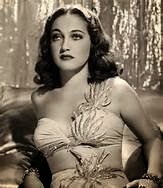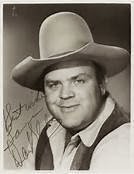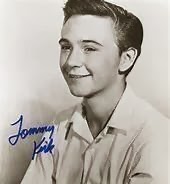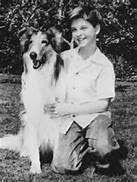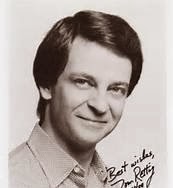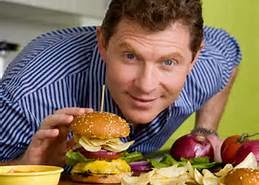
An umbrella orparasol is a folding canopy supported by wooden or metal ribs that is usually mounted on a wooden, metal, or plastic pole. It is designed to protect a person against rain or sunlight. The term umbrella is traditionally used when protecting oneself from rain, with parasol used when protecting oneself from sunlight, though the terms continue to be used interchangeably. Often the difference is the material used for the canopy; some parasols are not waterproof, and some umbrellas are transparent. Umbrella canopies may be made of fabric or flexible plastic. There are also combinations of parasol and umbrella that are called en-tout-cas (French for "in any case").
Umbrellas and parasols are primarily hand-held portable devices sized for personal use. The largest hand-portable umbrellas are golf umbrellas. Umbrellas can be divided into two categories: fully collapsible umbrellas, in which the metal pole supporting the canopy retracts, making the umbrella small enough to fit in a handbag, and non-collapsible umbrellas, in which the support pole cannot retract and only the canopy can be collapsed. Another distinction can be made between manually operated umbrellas and spring-loaded automatic umbrellas, which spring open at the press of a button.
Hand-held umbrellas have a type of handle which can be made from wood, a plastic cylinder or a bent "crook" handle (like the handle of a cane). Umbrellas are available in a range of price and quality points, ranging from inexpensive, modest quality models sold at discount stores to expensive, finely made, designer-labeled models. Larger parasols capable of blocking the sun for several people are often used as fixed or semi-fixed devices, used with patio tables or other outdoor furniture, or as points of shade on a sunny beach.
Parasol may also be called sunshade, or beach umbrella (US English). An umbrella may also be called a brolly (UK slang), parapluie (nineteenth century, French origin), rainshade, gamp (British, informal, dated), or bumbershoot (rare, facetious American slang). When used for snow, it is called a paraneige.
The word parasol (originally from French) is a combination of para, meaning 'to shield from' derived from the Latin parare, and sol, meaning 'sun'. Parapluie (French) similarly consists of para combined with pluie, which means 'rain' (which in turn derives from pluvia, the Latin word for rain). Hence, a parasol shields from sunlight while a parapluie shields from rain.
The word umbrella evolved from the Latin umbra, meaning 'shaded' or 'shadow'. The Oxford English Dictionary records this as happening in the 17th century, with the first recorded usage in 1610.
In Britain, umbrellas were sometimes referred to as "gamps" after the character Mrs. Gamp in the Charles Dickens novel Martin Chuzzlewit as the character was well known for carrying an umbrella, although this usage is now dated or obsolete.
Brolly is a slang word for umbrella, used often in Australia, Ireland, Kenya, New Zealand, South Africa, and the United Kingdom.
Bumbershoot is a rare and fanciful Americanism from the late 19th century.
Umbrella can be traced back to about 3000 years ago and had religious and mythological symbolism since its early history. Egypt, China, and India are usually cited as being the important geographical locations of the umbrella and the parasol in the pre-European umbrella history. Umbrella were associated with high status, it was noted that "the use of the word umbrella from 1653 as an 'Oriental or African symbol of dignity' ".
In the middle of the holiday shopping season, National Salesperson Day recognizes the personnel who make sure the products keep flying off the shelves. On the second Friday in December, the day honors the value and dedication of the professional salesperson and the hard work that they perform.
A good salesperson is knowledgeable about the product. They answer customers’ questions and provide additional information when necessary. A salesperson may work locally in a shop or travel several hundred miles a day to see customers and vendors. When a new product becomes available, sales personnel study up on the product to stay knowledgeable and informed.
Many customers have favorite salespeople, and they know the salesperson provides the best customer care. A salesperson’s responsibilities go beyond sales, too. For example, they may be required to track inventory and complete purchase orders. Some even handle delivery depending on the product they provide.
This time of the year, sales personnel are especially busy. Holiday shopping is in full swing. But other retail businesses are reviewing their inventories, looking forward to the new year. A salesperson is the frontline of any business. Often, they are the first person a customer sees. They’re definitely the first one they think of asking to speak to when they have a question. Businesses rely on their sales personnel to be ready for anything and provide them with the tools to make the sale as efficient as possible.
We can all participate in the holiday! While out shopping, recognize a salesperson who served you well. Give them a shout-out and their business, too! Many businesses will recognize their sales personnel in a variety of ways. They may recognize individual sales efforts or an entire team. It’s also a great time to honor those who’ve met sales goals and provide excellent customer service.
Maura Schreier-Fleming, president of Best@Selling, founded National Salesperson Day in March of 2000. In 2010, the observance moved to December. Schreier-Fleming is an author, consultant, and speaker for salesperson training.







